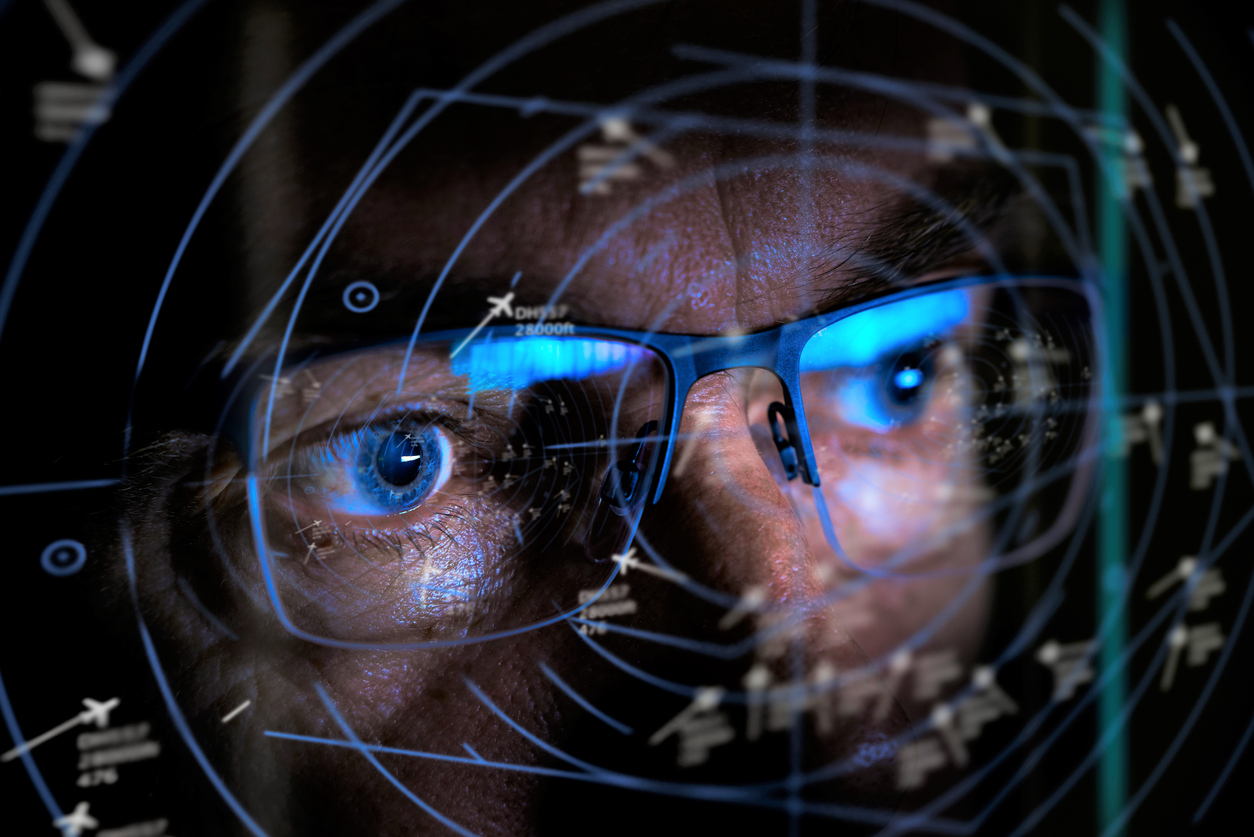
During a recent course we were talking about RADAR and how it works. One student started providing what they thought were examples of having your RADAR on and Recognizing things. For example, they noticed how one person was wearing dirty clothes one day. Or, how another person was making ugly faces at another person. They were hoping to receive verbal praise from me for providing positive examples of having their RADAR on.
I did provide them with positive feedback for providing examples, and then used those examples as a learning tool for the class. We discussed the type of information that was included in the examples, “dirty clothes,” “ugly faces,” and talked about how this is noticing negatives and evaluating them. Too often we train staff that Recognizing is noticing what is different/off/unusual/bad/etc. This trains staff to only focus on the negative. Our staff are already primed to focus on the negatives through our documentation systems. We rarely document good or positive things, but we are always required to document bad or negative things.
In the RADAR model, Recognizing is being aware of what is happening around you. What people are doing, what needs are present, and what environmental conditions are like are all part of Recognizing. Recognizing is not judging or evaluating. It is simply being aware. When we move to Assessing we begin to analyze what is happening. In this step we begin to think about what needs the person may have because their clothes are not clean, or what they are trying to accomplish by making faces at another person.
This turned out to be a productive discussion in our class. Hopefully it will also turn out to be a productive blog topic for Mandt instructors.
Dr. Dale Shannon – Mandt Faculty



